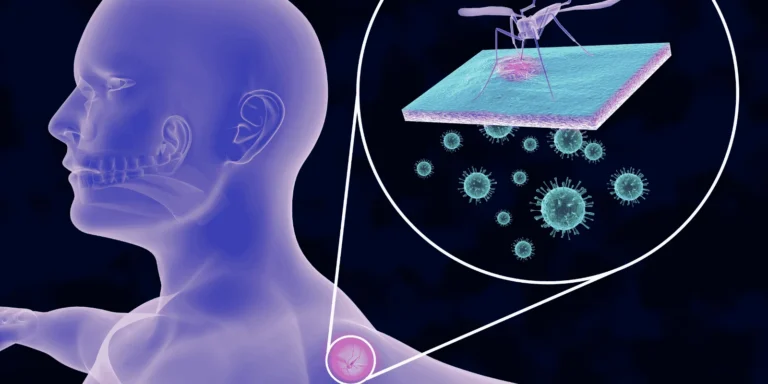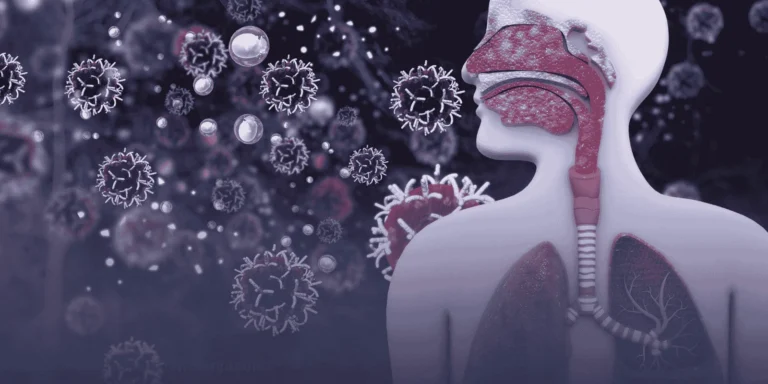COVID symptoms in 2025 look nothing like they did in 2020.
Remember when loss of smell was the telltale sign? Or when fever was almost guaranteed? Those days are long gone.
The virus has evolved, our immunity has changed, and the symptom patterns I’m seeing now would’ve confused the heck out of me five years ago.
The New COVID Symptom Lineup
Current dominant symptoms include:
- Sore throat (often the first and worst symptom)
- Fatigue that hits like a wall
- Congestion and runny nose
- Headache
- Muscle aches
Notice what’s missing? Fever isn’t nearly as common. Loss of smell and taste happen, but rarely.
The Sore Throat Phenomenon
This is the big change. COVID sore throat in 2025 is often severe — patients describe it as feeling like strep throat, but strep tests come back negative.
It’s usually the first symptom, can be the worst symptom, and often lasts longer than other symptoms.
The Fatigue Factor
COVID fatigue hasn’t changed much. It’s still that bone-deep exhaustion that makes Netflix feel like hard work.
But now it might be your only symptom for the first day or two. People think they’re just tired, then develop other symptoms later.
Congestion Confusion
Current COVID variants love the upper respiratory tract. Runny nose, stuffy nose, post-nasal drip — all common now.
This makes COVID look exactly like a cold or allergies. Many people don’t even consider COVID when they’re just congested.
The Fever Situation
Fever used to be COVID’s calling card. Now? Maybe half my COVID patients never spike a temperature.
When fever does occur, it’s often lower-grade and briefer than we used to see.
Gastrointestinal Symptoms
Nausea, diarrhea, and stomach upset still happen with COVID, but they’re less common with current variants.
When GI symptoms do occur, they’re usually mild and brief.
The Cough Evolution
COVID cough has become more variable. Some people have no cough at all. Others develop a persistent dry cough. The deep, distinctive COVID cough from early pandemic? Less common now.
What About Long COVID?
Long COVID symptoms can still develop from current variants, though patterns may be different. Fatigue, brain fog, and breathing issues remain the most common long-term symptoms.
Age and Symptom Patterns
Kids and young adults often have very mild symptoms — maybe just congestion and mild fatigue. Easy to miss.
Middle-aged adults typically get the sore throat, fatigue, and congestion combo.
Older adults are more likely to have fever and may have fewer upper respiratory symptoms.
Vaccination Impact on Symptoms
Vaccinated people often have milder, shorter symptom courses. But they can still get COVID and can still spread it.
Breakthrough infections in vaccinated people often look like mild colds, which is why testing becomes so important.
The Testing Imperative
Given how much COVID symptoms now overlap with colds and allergies, testing is often the only way to know for sure.
Test if you have any respiratory symptoms, especially if you’ve been around others or have upcoming high-risk exposures.
Duration Patterns
Current COVID variants tend to have shorter symptom duration in most people — 3-5 days instead of 7-10 days.
But some people still have prolonged courses, especially if they’re immunocompromised or have underlying conditions.
When to Seek Care
Seek medical evaluation for:
- Difficulty breathing or shortness of breath
- Persistent high fever
- Severe headache or confusion
- Chest pain
- Symptoms that worsen significantly after initial improvement
The Telehealth Advantage
COVID evaluation works well through telehealth. We can assess your symptoms, discuss testing options, provide treatment recommendations, and determine if you need in-person evaluation.
The bottom line? COVID in 2025 is a master of disguise. It looks like everything else, which is why staying alert to symptom changes and testing when appropriate remains important.













